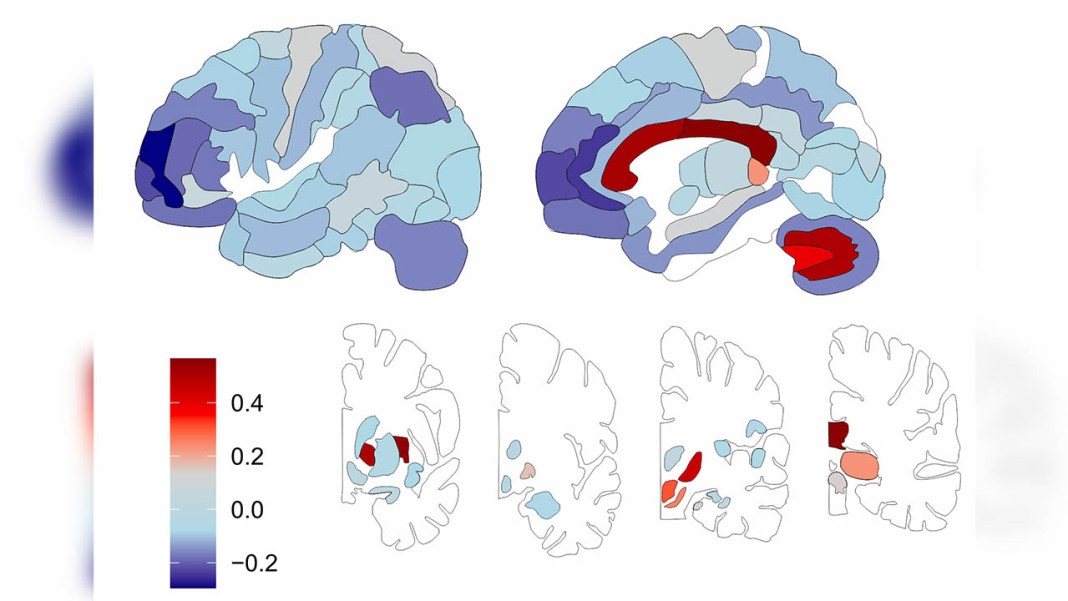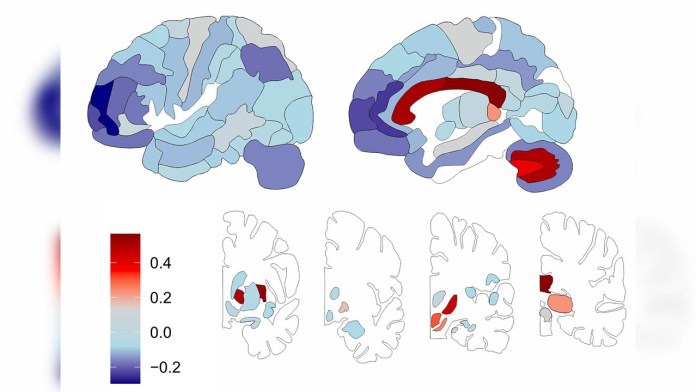Healthcare (Commonwealth Union) – Scientists have discovered that 93 percent of lipids in brain tissue are distributed differently across various regions, including the white and gray matter, subcortex, visual and motor cortices, and the prefrontal cortex, which is crucial for decision-making, social behavior, and other functions. Abnormalities in the brain’s lipid composition are often linked to mental and cognitive disorders, so keeping track of these molecules can provide valuable insights into these conditions. This research, funded by a grant from the Presidential Program of the Russian Science Foundation (RSF), and has appeared in Nature Communications. The research looking into the brain can applied using brain imaging methods such as Computed axial tomography, Magnetic resonance imaging, Positron emission tomography among others.

The brain image and functions can involve a variety of tests. Data has played are more crucial role in recent times. The brain mapping test cost can be an obstacle for some countries in conducting research, which involves a detailed brain activity scan, can vary depending on the complexity and technology used. This procedure provides a comprehensive brain image that highlights various functions and regions, allowing for a thorough analysis of brain activity and structure. Brain mapping tests are valuable for diagnosing and understanding neurological conditions, as they offer insights into how different parts of the brain operate and interact.
Lipids, which are fatty compounds, are a major component of brain tissue. They constitute 35-40% of all molecules in the gray matter’s cell bodies and up to 78% of the myelin sheaths of axons in the white matter. Brain lipids are diverse, including cholesterol, phospholipids, sphingolipids, and other molecules. Since lipids play roles in neuron metabolism and growth, signal transmission between cells, and the regulation of inflammatory processes, abnormalities in lipid composition are associated with cognitive disorders such as autism, schizophrenia, and Alzheimer’s disease. Researchers however pointed out that the connection between lipid composition and brain tissue structure is not well understood, hindering the use of lipids as markers for brain diseases.
Scientists from the Skolkovo Institute of Science and Technology and their colleagues have created the world’s first map of human brain lipids. They analyzed brain tissue samples from four healthy individuals and examined the lipid composition in 75 different brain regions. The lipids in the samples were marked with the application of mass spectrometry, which determines a molecule’s structure based on its mass-to-charge ratio and motion pattern in a magnetic field.
The researchers identified 419 distinct lipids, with the majority (93%) being unevenly distributed across various regions of the human brain. For instance, the subcortex (the oldest brain region), motor, and visual cortices exhibited relatively high cholesterol levels, whereas the prefrontal cortex, which governs complex social behaviors and decision-making, showed relatively lesser lipid levels.
Given that most lipids are present in the myelin sheaths, the team investigated whether the myelin content in specific brain regions influenced their lipid profiles. They discovered that the myelin-rich white matter predominantly contained ceramides, two types of phospholipids, and lipids with saturated fatty acids. Since the primary role of white matter is to transmit signals via axons, these lipid types are considered crucial for the tissue’s function.
“In the future, we plan to thoroughly investigate the subcortical lipidome which was only partially covered by this research, and to study brain samples from patients with various mental disorders. The potential complete ‘decoding’ of the lipidome will help us to better understand the nature of mental illness and its impact on the structure and functioning of the brain,” explained Maria Osetrova, who is a research engineer at the Skoltech Neuro Center and a participant in the RSF-supported project.
As the rates of neurological diseases increase the greater insights gained from such findings may enhance research.








